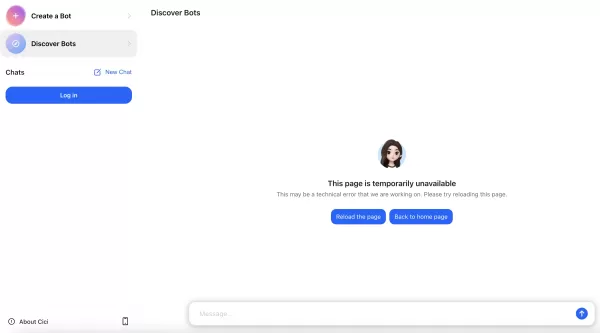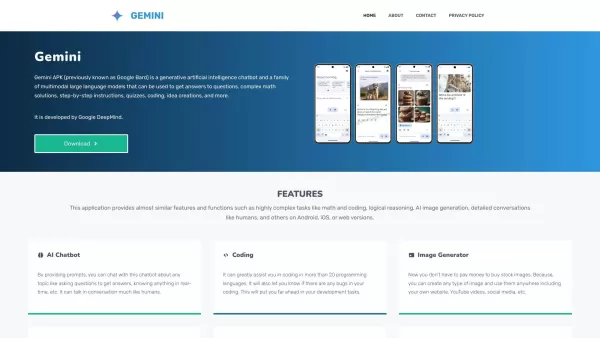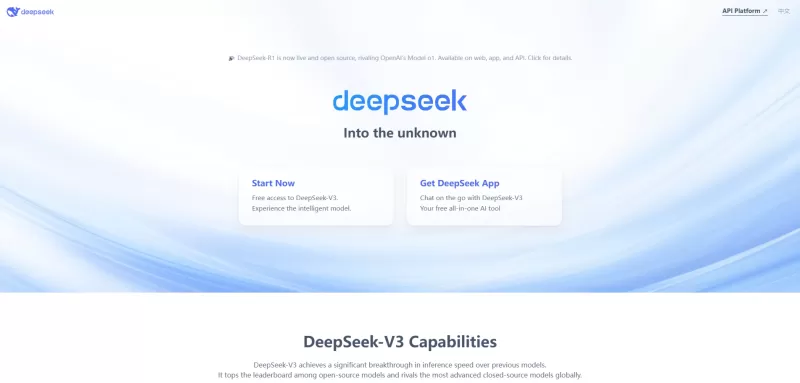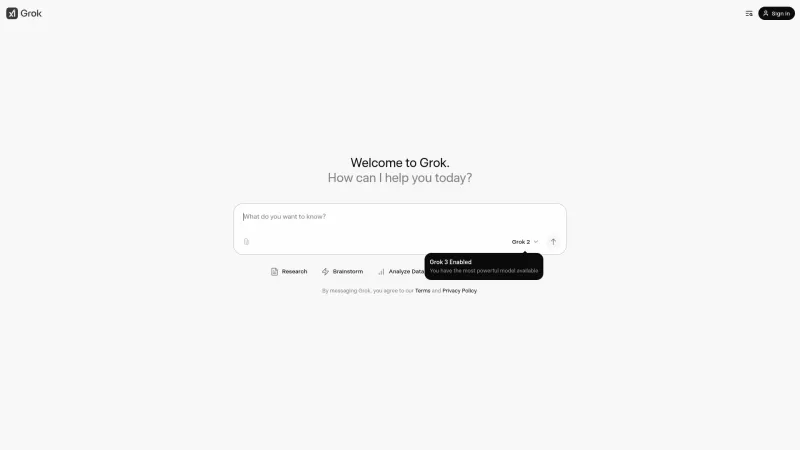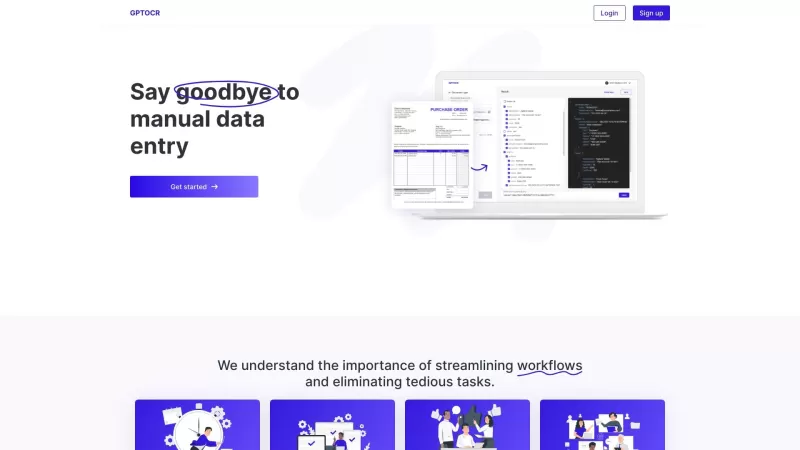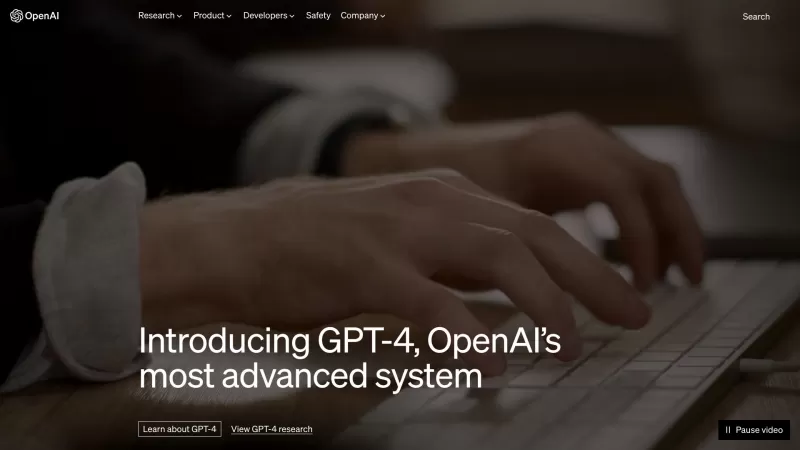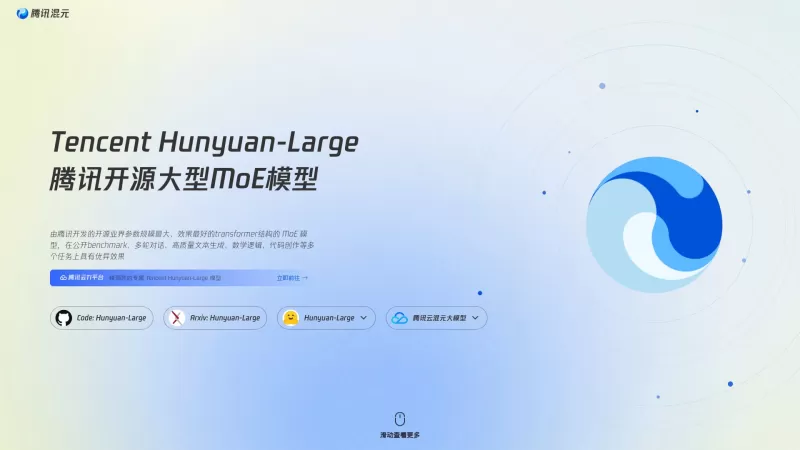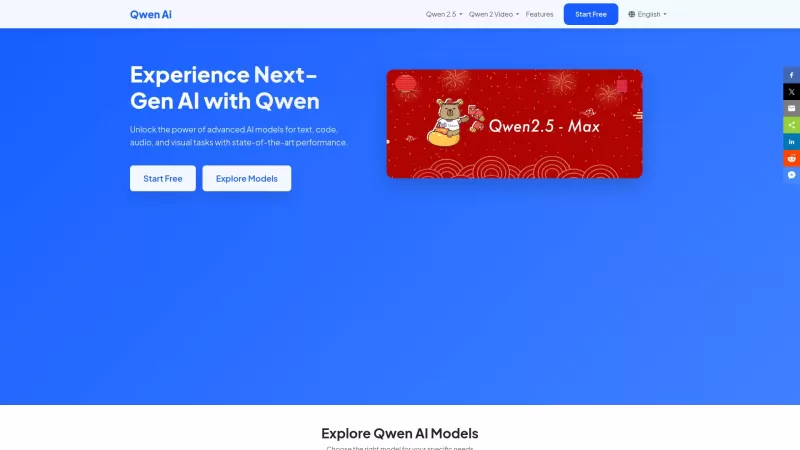Microsoft trims workforce amid strong financial performance
Microsoft announces strategic workforce realignment
Microsoft has initiated workforce reductions affecting approximately 7,000 employees, representing 3% of its global staff. Importantly, these changes reflect strategic priorities rather than financial difficulties. The company is streamlining operations to accelerate AI development, reducing management layers while increasing technical talent density.
The restructuring impacts various divisions globally, with middle management and non-technical functions experiencing the most significant reduction. This aligns with broader industry trends as tech companies optimize for agility and technical output.
Financial context
The decision follows strong quarterly performance, with Microsoft reporting $70.07 billion in revenue - surpassing analyst expectations. Simultaneously, the company has committed to an $80 billion fiscal year investment primarily targeting AI infrastructure expansion.
These parallel moves demonstrate Microsoft's confidence in its core business while aggressively pursuing AI leadership. The savings from organizational simplification are being redirected toward data center construction and AI computing capacity.
Organizational strategy
Microsoft's reductions specifically target:
- Middle management roles reducing decision latency
- Support functions seen as potentially slowing technical workflows
- Areas with lower direct contribution to AI development
Industry analysts note this reflects a broader tech sector shift toward flatter organizational structures that prioritize technical contributors. Subsidiary LinkedIn reportedly saw noticeable impact within this restructuring.
Sector-wide implications
Microsoft joins peers like Amazon, Google, and Meta in implementing leaner organizational models:
- Earlier 2024 cuts focused on performance optimization
- Current changes target structural efficiency
- AI acceleration driving workforce composition decisions
The company's early OpenAI partnership provided competitive advantage it now seeks to maintain through infrastructure dominance.
Workplace dynamics
Employee responses reflect:
- Understanding of strategic priorities
- Concerns about reduced support systems
- Questions about long-term managerial pathways
The workforce adaptation highlights ongoing transformations in technology job markets as AI reshapes organizational needs.
Future considerations
While streamlining supports immediate AI goals, long-term questions remain:
- Balancing technical focus with organizational knowledge
- Preserving mentoring and strategic alignment functions
- Sustaining innovation beyond computational power
Microsoft's moves may establish industry benchmarks for balancing human capital with technological ambition during the AI revolution.
Related article
 Google Gemini Adds Assistant-Style Task Scheduling Feature
Google continues enhancing Gemini's capabilities, introducing a powerful "scheduled actions" feature exclusively for AI Pro and AI Ultra subscribers. This innovative functionality transforms Gemini into a proactive assistant capable of executing time
Google Gemini Adds Assistant-Style Task Scheduling Feature
Google continues enhancing Gemini's capabilities, introducing a powerful "scheduled actions" feature exclusively for AI Pro and AI Ultra subscribers. This innovative functionality transforms Gemini into a proactive assistant capable of executing time
 UAE Integrates AI Education into School Curriculum for Future-Ready Students
UAE Pioneers AI Education Integration Nationwide
The United Arab Emirates is leading a transformative educational initiative by embedding AI learning across all grade levels, from kindergarten through high school. Students will explore practical a
UAE Integrates AI Education into School Curriculum for Future-Ready Students
UAE Pioneers AI Education Integration Nationwide
The United Arab Emirates is leading a transformative educational initiative by embedding AI learning across all grade levels, from kindergarten through high school. Students will explore practical a
 New AI Copyright Payment System Emerges to Compensate Creators Online
New Content Licensing Standard Emerges for AI DevelopmentA groundbreaking licensing framework is emerging to help web publishers define how AI developers can utilize their content. This week, prominent platforms including Reddit, Yahoo, Medium, Quora
Comments (0)
0/200
New AI Copyright Payment System Emerges to Compensate Creators Online
New Content Licensing Standard Emerges for AI DevelopmentA groundbreaking licensing framework is emerging to help web publishers define how AI developers can utilize their content. This week, prominent platforms including Reddit, Yahoo, Medium, Quora
Comments (0)
0/200
Microsoft announces strategic workforce realignment
Microsoft has initiated workforce reductions affecting approximately 7,000 employees, representing 3% of its global staff. Importantly, these changes reflect strategic priorities rather than financial difficulties. The company is streamlining operations to accelerate AI development, reducing management layers while increasing technical talent density.
The restructuring impacts various divisions globally, with middle management and non-technical functions experiencing the most significant reduction. This aligns with broader industry trends as tech companies optimize for agility and technical output.
Financial context
The decision follows strong quarterly performance, with Microsoft reporting $70.07 billion in revenue - surpassing analyst expectations. Simultaneously, the company has committed to an $80 billion fiscal year investment primarily targeting AI infrastructure expansion.
These parallel moves demonstrate Microsoft's confidence in its core business while aggressively pursuing AI leadership. The savings from organizational simplification are being redirected toward data center construction and AI computing capacity.
Organizational strategy
Microsoft's reductions specifically target:
- Middle management roles reducing decision latency
- Support functions seen as potentially slowing technical workflows
- Areas with lower direct contribution to AI development
Industry analysts note this reflects a broader tech sector shift toward flatter organizational structures that prioritize technical contributors. Subsidiary LinkedIn reportedly saw noticeable impact within this restructuring.
Sector-wide implications
Microsoft joins peers like Amazon, Google, and Meta in implementing leaner organizational models:
- Earlier 2024 cuts focused on performance optimization
- Current changes target structural efficiency
- AI acceleration driving workforce composition decisions
The company's early OpenAI partnership provided competitive advantage it now seeks to maintain through infrastructure dominance.
Workplace dynamics
Employee responses reflect:
- Understanding of strategic priorities
- Concerns about reduced support systems
- Questions about long-term managerial pathways
The workforce adaptation highlights ongoing transformations in technology job markets as AI reshapes organizational needs.
Future considerations
While streamlining supports immediate AI goals, long-term questions remain:
- Balancing technical focus with organizational knowledge
- Preserving mentoring and strategic alignment functions
- Sustaining innovation beyond computational power
Microsoft's moves may establish industry benchmarks for balancing human capital with technological ambition during the AI revolution.
 Google Gemini Adds Assistant-Style Task Scheduling Feature
Google continues enhancing Gemini's capabilities, introducing a powerful "scheduled actions" feature exclusively for AI Pro and AI Ultra subscribers. This innovative functionality transforms Gemini into a proactive assistant capable of executing time
Google Gemini Adds Assistant-Style Task Scheduling Feature
Google continues enhancing Gemini's capabilities, introducing a powerful "scheduled actions" feature exclusively for AI Pro and AI Ultra subscribers. This innovative functionality transforms Gemini into a proactive assistant capable of executing time
 New AI Copyright Payment System Emerges to Compensate Creators Online
New Content Licensing Standard Emerges for AI DevelopmentA groundbreaking licensing framework is emerging to help web publishers define how AI developers can utilize their content. This week, prominent platforms including Reddit, Yahoo, Medium, Quora
New AI Copyright Payment System Emerges to Compensate Creators Online
New Content Licensing Standard Emerges for AI DevelopmentA groundbreaking licensing framework is emerging to help web publishers define how AI developers can utilize their content. This week, prominent platforms including Reddit, Yahoo, Medium, Quora

